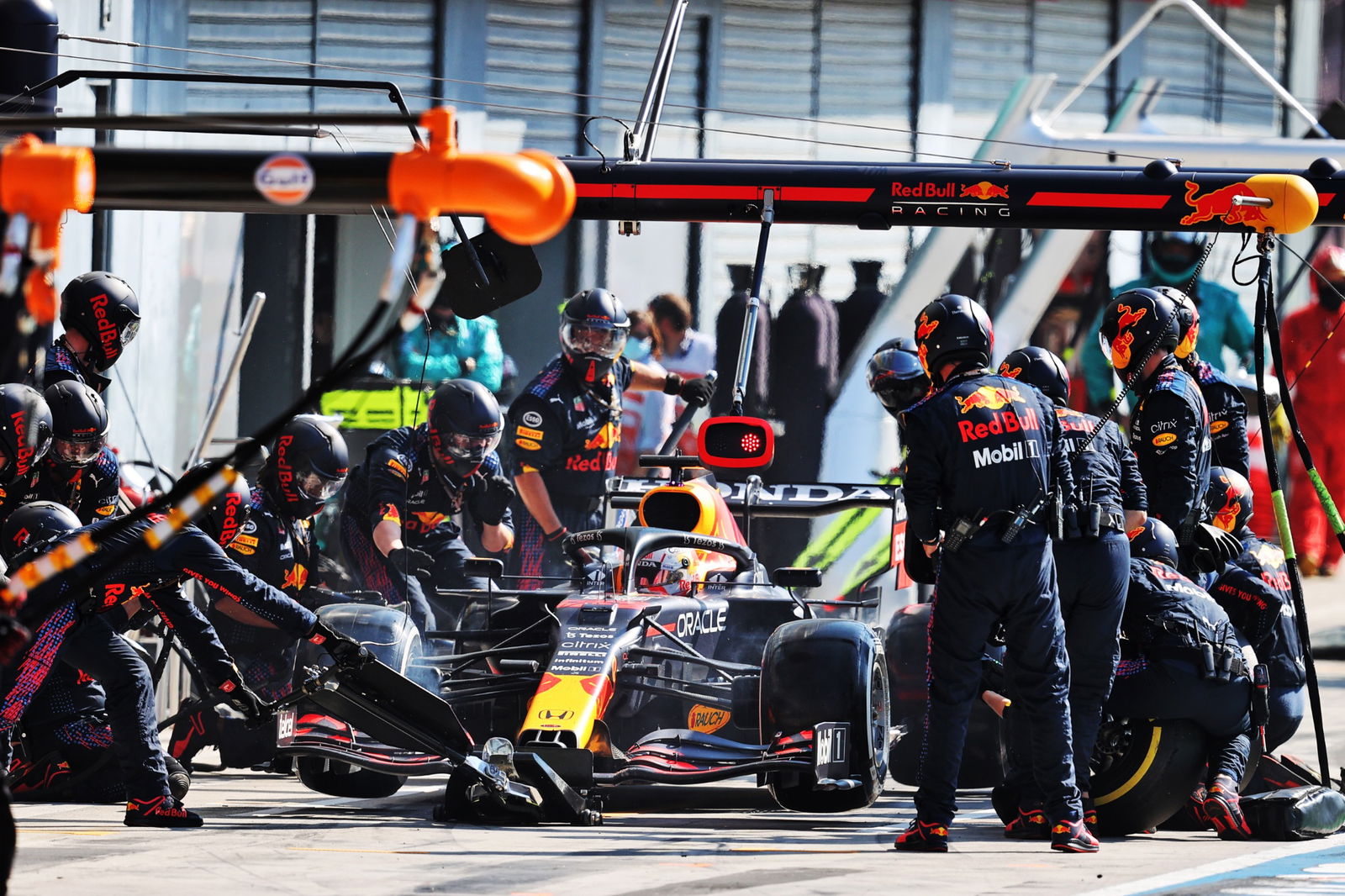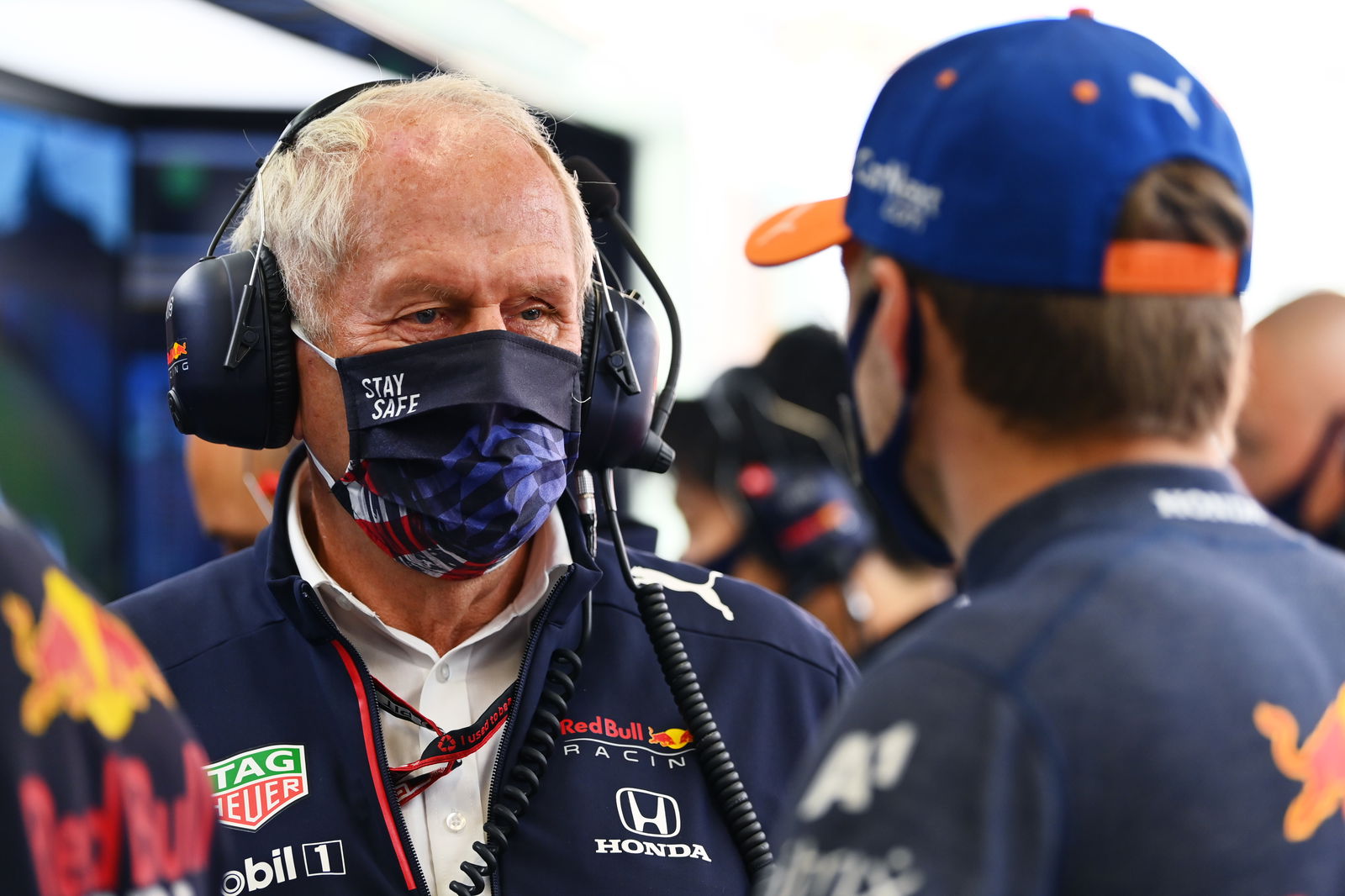Horner says Hamilton and Verstappen deserved equal penalty for F1 crash

The 2021 title protagonists crashed out midway through last weekend’s race at Monza as they battled for position at the first chicane, with Verstappen’s car getting launched on top of Hamilton as they ended up beached in the gravel.
Both drivers pointed the finger at each other for the clash but the stewards ultimately deemed Verstappen to be “predominantly” to blame, handing the Dutchman a three-place grid penalty for the upcoming Russian Grand Prix.
Horner, who insisted the coming together was a racing incident, feels the FIA missed the chance to make a “statement” by dishing out the same penalty to both Verstappen and Hamilton.
“It was an awkward shunt, but both drivers were instantly able to confirm they were OK,” Horner wrote in his column for the Red Bull team’s website on Friday.
“With Lewis trying to reverse and get back in the race, even the medical car didn’t see the need to deploy.
“I’m grateful the halo did its job. I think even the most vocal of doubters have now changed their mind about it.
“I still share the same belief today: both played a part in it and it is difficult to apportion blame to one side more than the other.
“If the FIA wanted to make a statement, they could’ve imposed the same penalty on both drivers but the fault was deemed to be more on Max's side and, because he didn’t finish the race, the only option was to give him a grid penalty, which we accept.”

Horner also revealed the human error which resulted in Verstappen’s 11-second pit stop at Monza was a direct consequence of the FIA’s new clampdown that was introduced at the Belgian Grand Prix.
“There was a rare human error in our pit stop, as a result of the new technical directive but nonetheless something we need to learn from,” Horner explained.
“That slow stop put Max out of synch from where he should’ve been on track. Mercedes compounded that situation as they faltered with their own stop on Hamilton's car, which meant both drivers were neck and neck.
“Both drivers knew they needed to be ahead because of the difficulty to overtake. Max was keen to seize the momentum and Lewis was eager to retain track position.”


